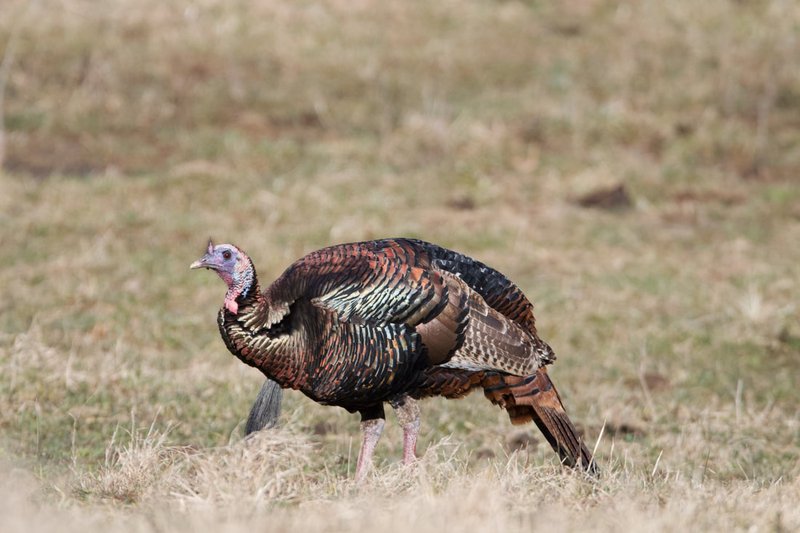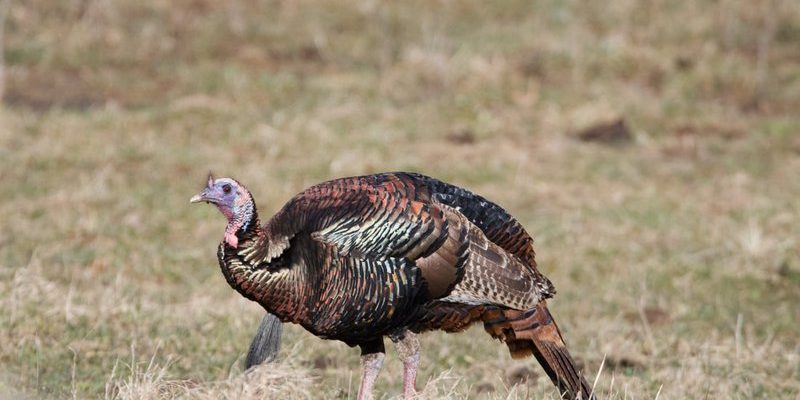
Let’s dive into the journey of the turkey, from its wild ancestors to its place on our dinner tables today. Imagine we’re chatting over coffee as I share this intriguing story that highlights how this remarkable bird evolved and became a staple in so many households. It’s not just a bird; it’s a symbol of celebration and community, and understanding its background adds depth to our appreciation for it.
Wild Origins: The Ancestor of the Turkey
The story of the turkey begins in the forests of North America. The wild turkey, known scientifically as *Meleagris gallopavo*, is native to the United States, Mexico, and parts of Central America. These birds are believed to have roamed the earth for over 20 million years. They became a significant part of Native American culture long before European settlers arrived.
Wild turkeys are quite different from the domesticated ones we see today. They are agile, capable of flying short distances, and are generally more wary of predators. Imagine them flitting through trees, foraging for acorns and seeds. Their plumage is also stunning, with beautiful iridescent feathers that shimmer in the sunlight.
Interestingly, the domestication of the turkey started around 2,000 years ago. Native Americans began to raise these birds not just for their meat but also for their feathers, which were used in clothing and ceremonial decorations. This gave rise to a strong bond between humans and turkeys, which would only grow as time went on.
The Domestication Process
As wild turkeys became a staple in various Native American diets, they caught the attention of European settlers in the 16th century. When these settlers arrived in North America, they quickly saw the nutritional value of turkeys and began to domesticate them. It’s like seeing a trendy new dish on a menu and thinking, “I need to make that at home!”
By the 17th century, domesticated turkeys began to spread across Europe. They were bred for size and meat quality, leading to the development of the breeds we recognize today. In some regions, they became a symbol of prosperity; think of them as the original “luxury dinner.”
During the early 1900s, turkey farming grew into a significant industry. People shifted from small-scale home farming to larger-scale operations, focusing on producing meat that was both affordable and accessible. This shift paved the way for the modern turkey industry we recognize today.
Turkey and Thanksgiving: A Cultural Shift
One cannot discuss the history of turkeys without touching on their prominent role in Thanksgiving celebrations. The first Thanksgiving, held in 1621, featured a variety of foods, including wild fowl, which likely included turkeys. However, it wasn’t until the early 1800s that turkey became synonymous with the holiday.
The notion of a Thanksgiving turkey as the centerpiece of the meal became more popular in the mid-19th century. Writers and poets began to romanticize the turkey in their stories, giving it a special status in American culture. It’s like how a particular song can define a moment in your life, making it unforgettable.
Today, millions of Americans enjoy turkey on Thanksgiving, with many families adopting their own unique recipes and traditions. Whether it’s roasting, smoking, or frying, the way we prepare turkey has become as diverse as the families sharing the meal.
The Turkey’s Role in Modern Agriculture
As the demand for turkey meat increased, so did the methods of farming and breeding these birds. Modern turkey farming is a complex industry that uses advanced breeding techniques to create birds that grow quickly and efficiently.
Today’s turkeys are bred to have larger breasts, making them ideal for meat production. Farmers aim for a balance between health and productivity, ensuring the birds are raised in environments that promote their well-being. This is a significant consideration, as many people are concerned about the ethical treatment of animals in the food industry.
Additionally, there has been a push for more sustainable farming practices in recent years. Many growers are adopting methods that minimize the environmental impact of turkey farming. Picture farms using renewable resources and implementing better waste management strategies—it’s all part of a shift towards a more sustainable future.
Wild Turkeys: The Unconventional Comeback
While domesticated turkeys rule the dinner table, their wild relatives are making a noteworthy comeback. After facing population declines, conservation efforts have helped wild turkey numbers rebound across North America. Today, you can find them wandering in forests, fields, and even suburban areas.
Wild turkeys are remarkable creatures, with unique habits and social structures. They communicate with a variety of calls, and watching them interact in their natural habitat can be quite a sight. Many people enjoy turkey hunting, not just for the sport, but to connect with nature and to appreciate these birds’ wildness.
Their resurgence is also a symbol of successful wildlife management and conservation practices. It’s a reminder of how important it is to protect our natural resources and the species that thrive in them.
The Significance of Turkeys in Popular Culture
Turkeys have also made their mark in popular culture, appearing in movies, books, and folklore. From cartoons featuring goofy turkey characters to stories that highlight their wisdom and charm, these birds have captured our imaginations.
They often symbolize abundance, gratitude, and celebration. You might hear expressions like “turkey trot” or see cute turkey decorations during the festive season. It’s fascinating how a simple bird has woven itself into the fabric of our celebrations and everyday language.
Furthermore, organizations like the National Wild Turkey Federation work to educate the public about turkey conservation and the importance of respecting wildlife. So, the next time you see a turkey, think of the generations of history and culture it represents.
The evolution and history of the turkey is more than just a story of a bird; it’s a tapestry that weaves through human culture, agriculture, and community. From its wild ancestors in North America to its essential role in holiday feasts, the turkey’s journey is intertwined with ours.
As we continue to appreciate these incredible birds, let’s also consider the impact of our choices on their future. Whether it’s choosing ethical farming practices or promoting conservation efforts, we all play a part in ensuring that turkeys continue to thrive. Next time you enjoy a turkey dinner or see a wild turkey in the woods, you’ll have a deeper understanding of the journey behind this remarkable bird.

